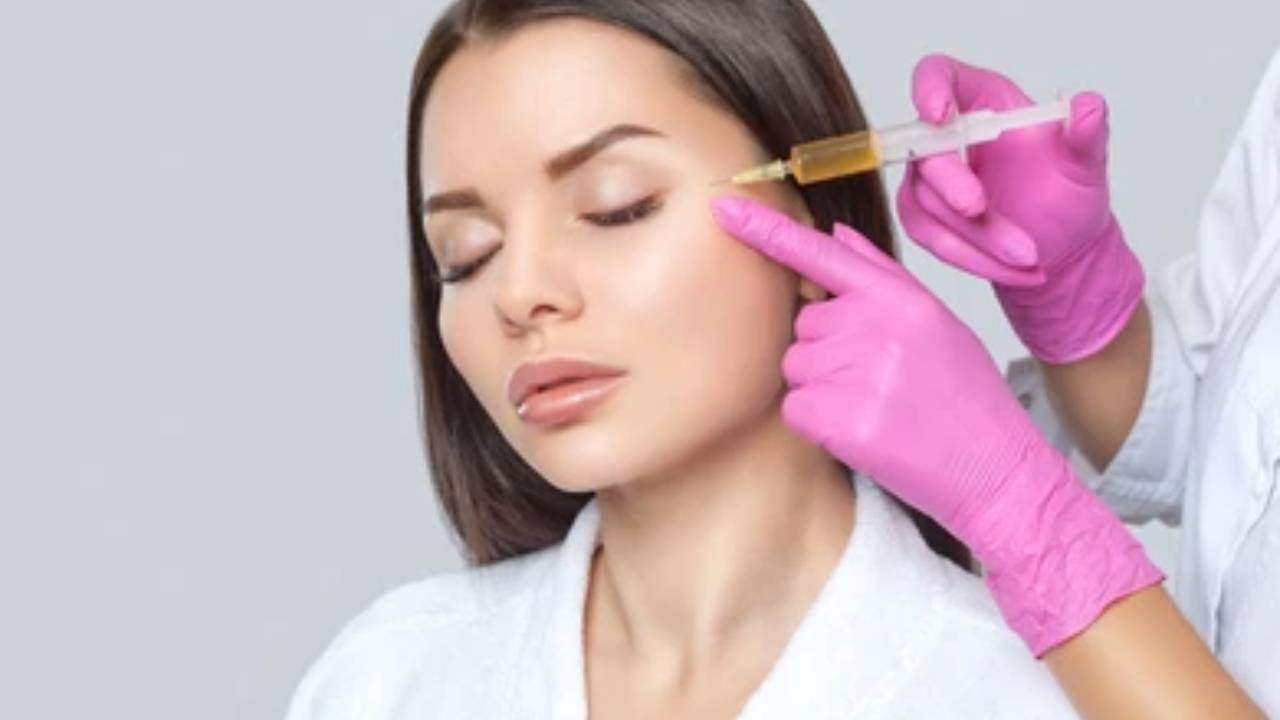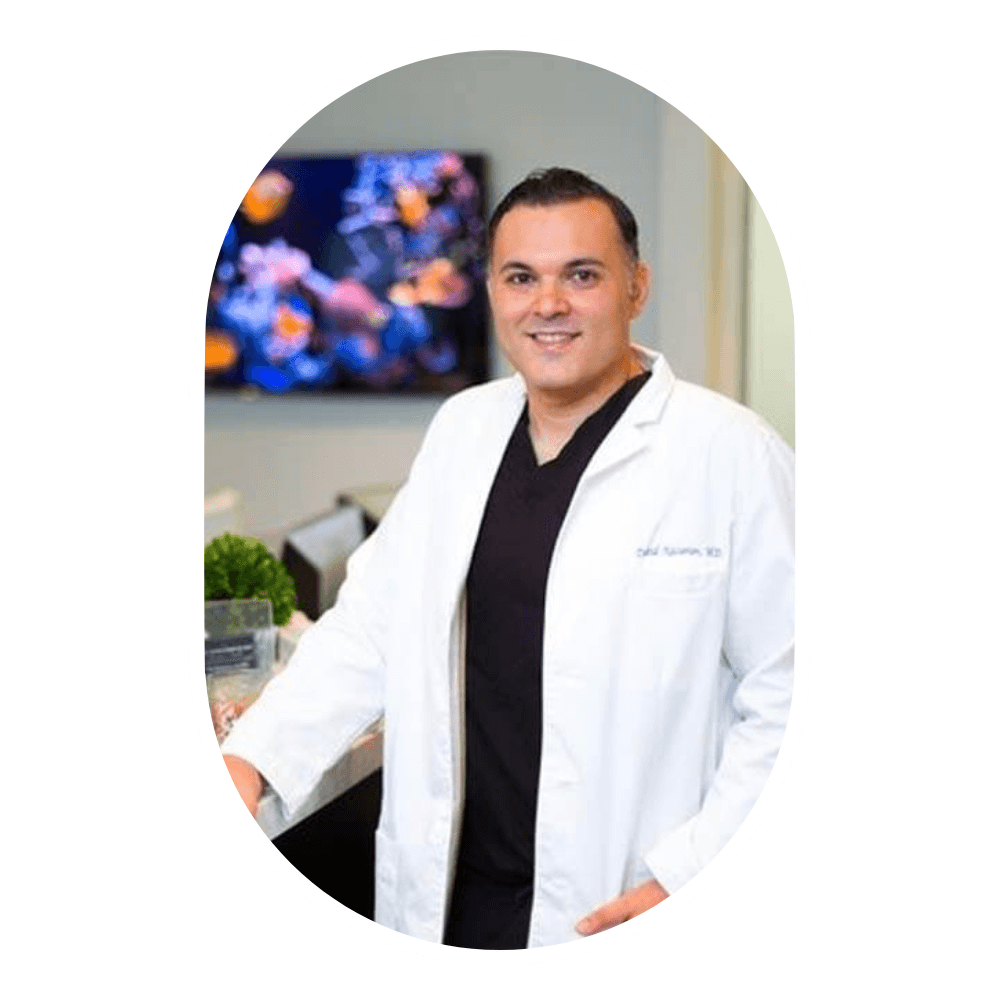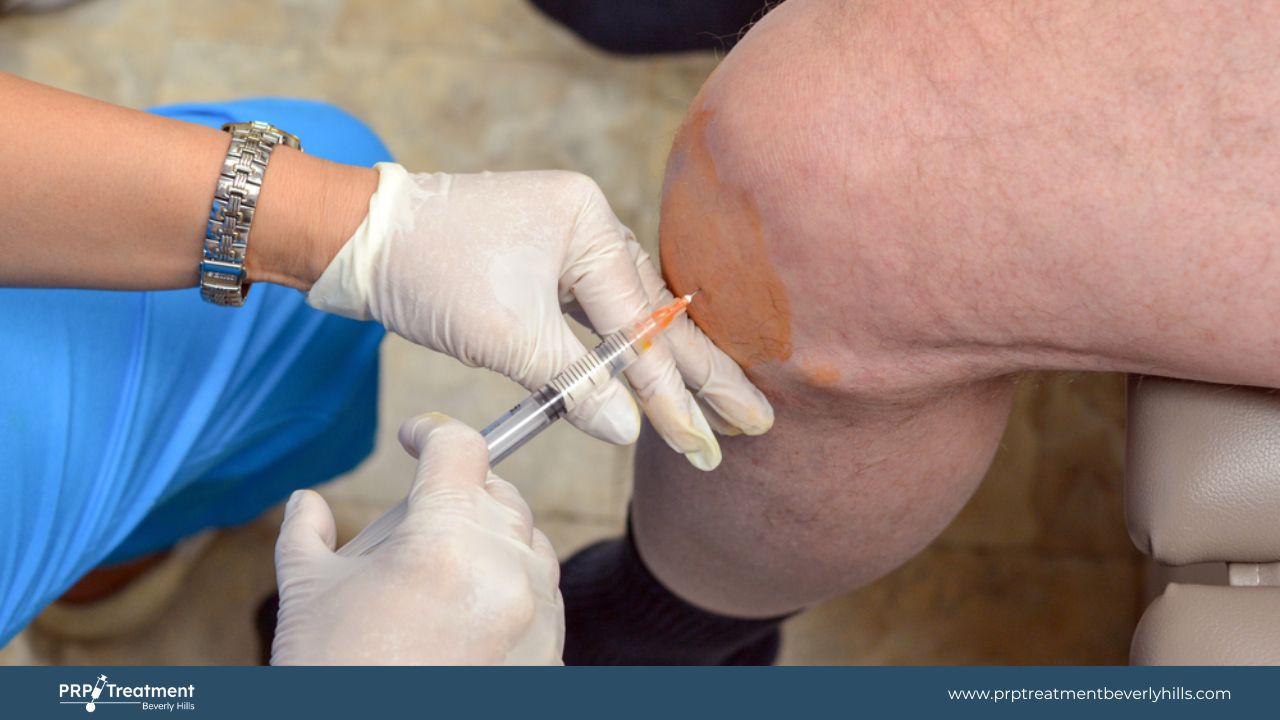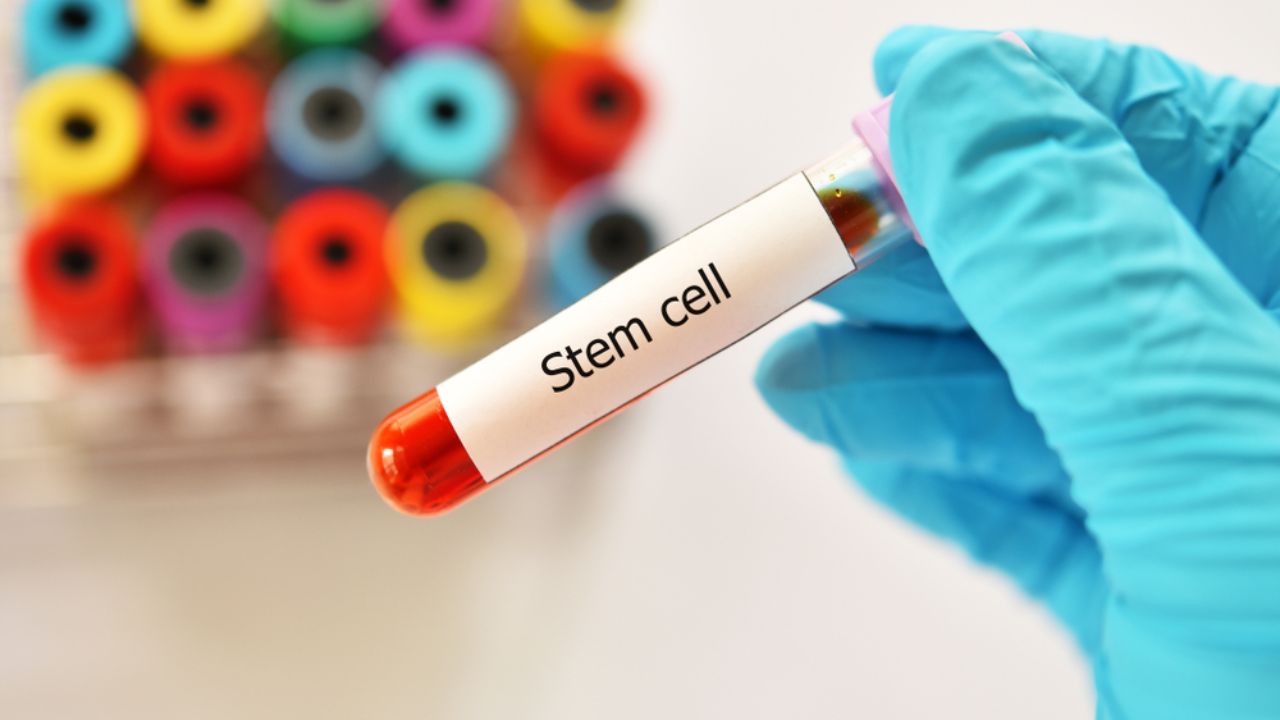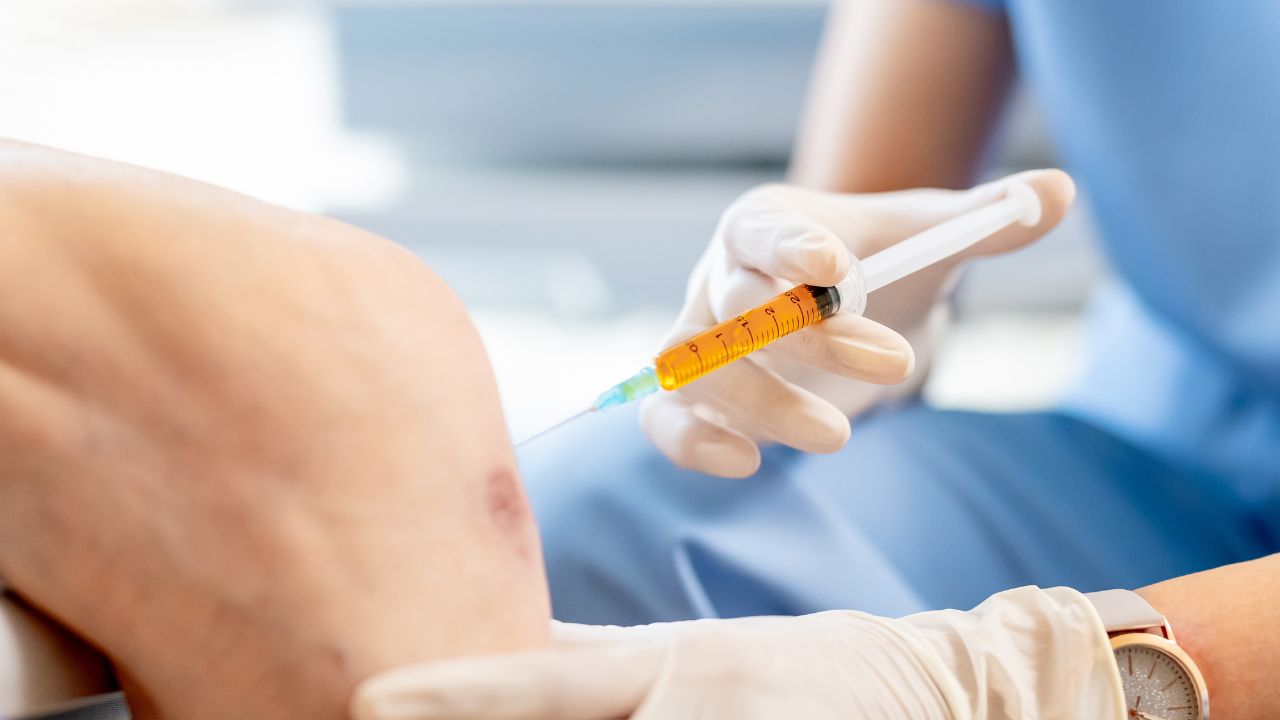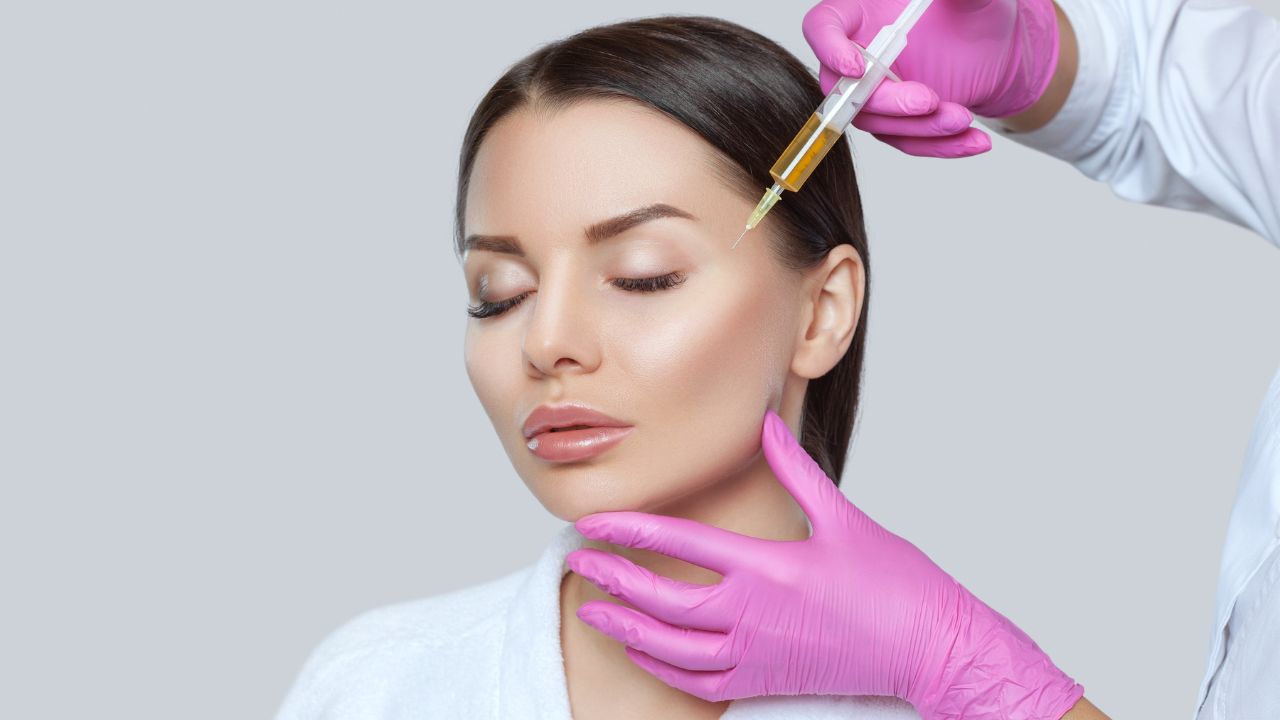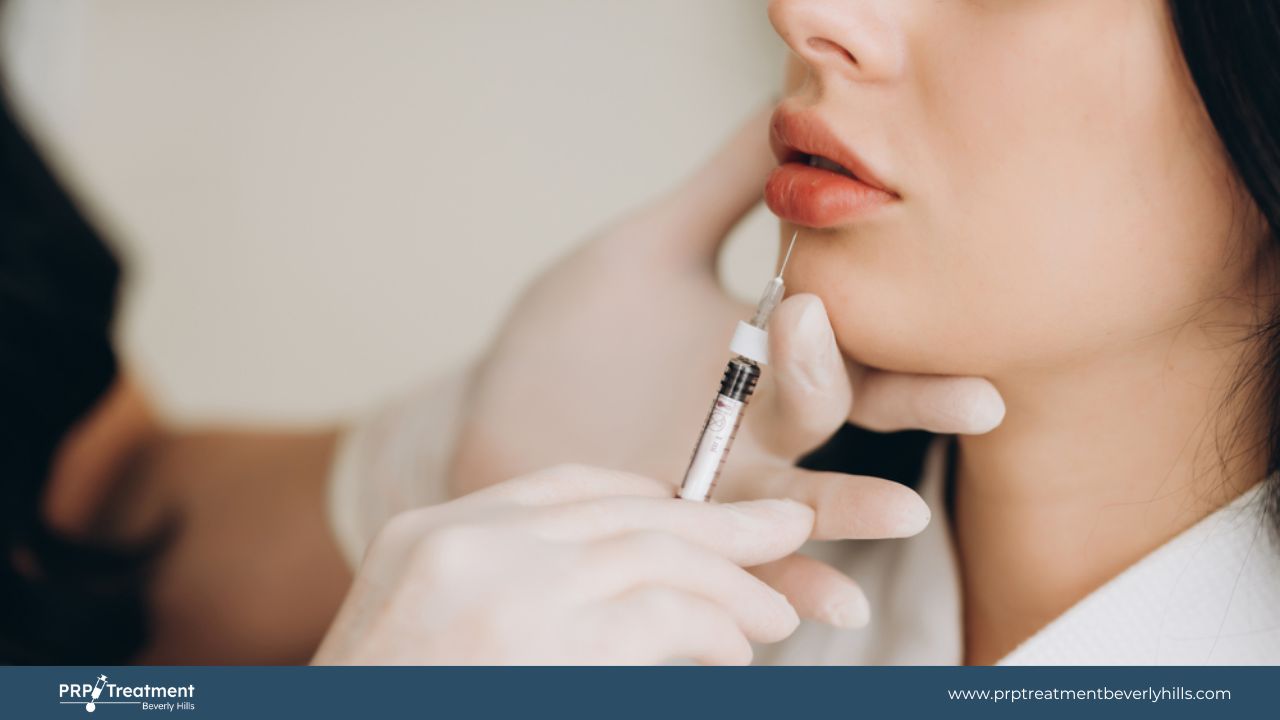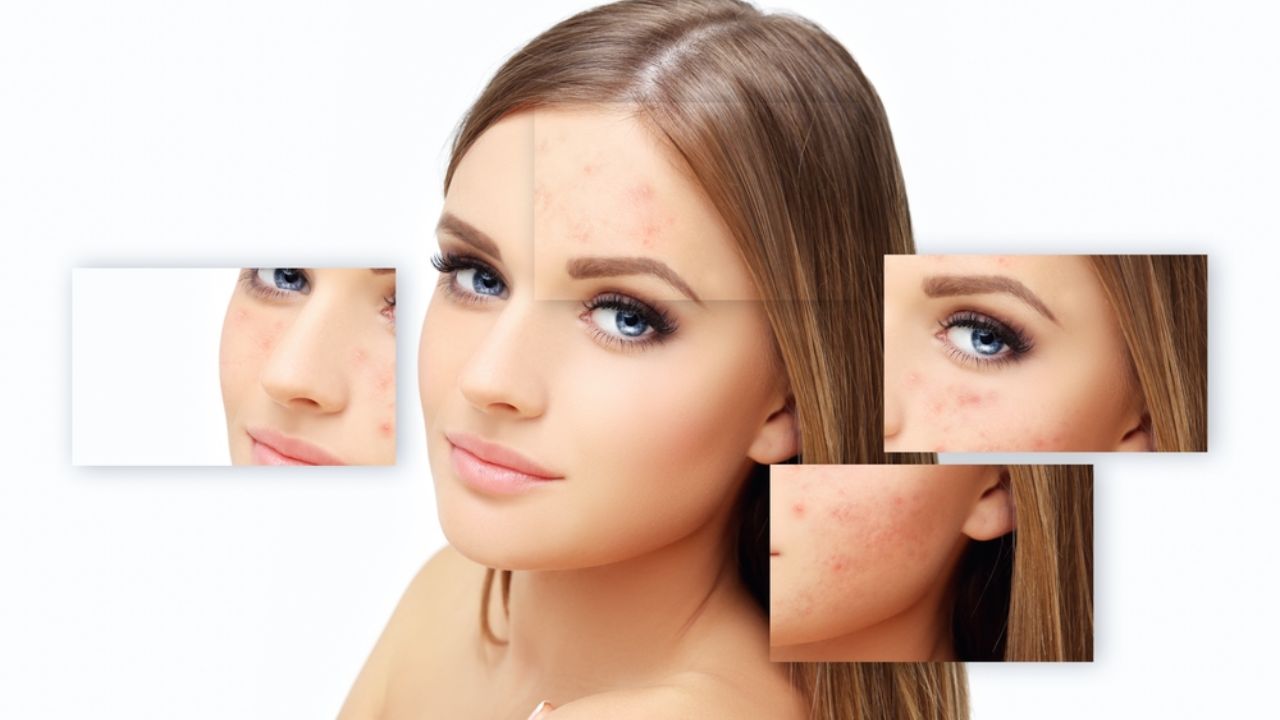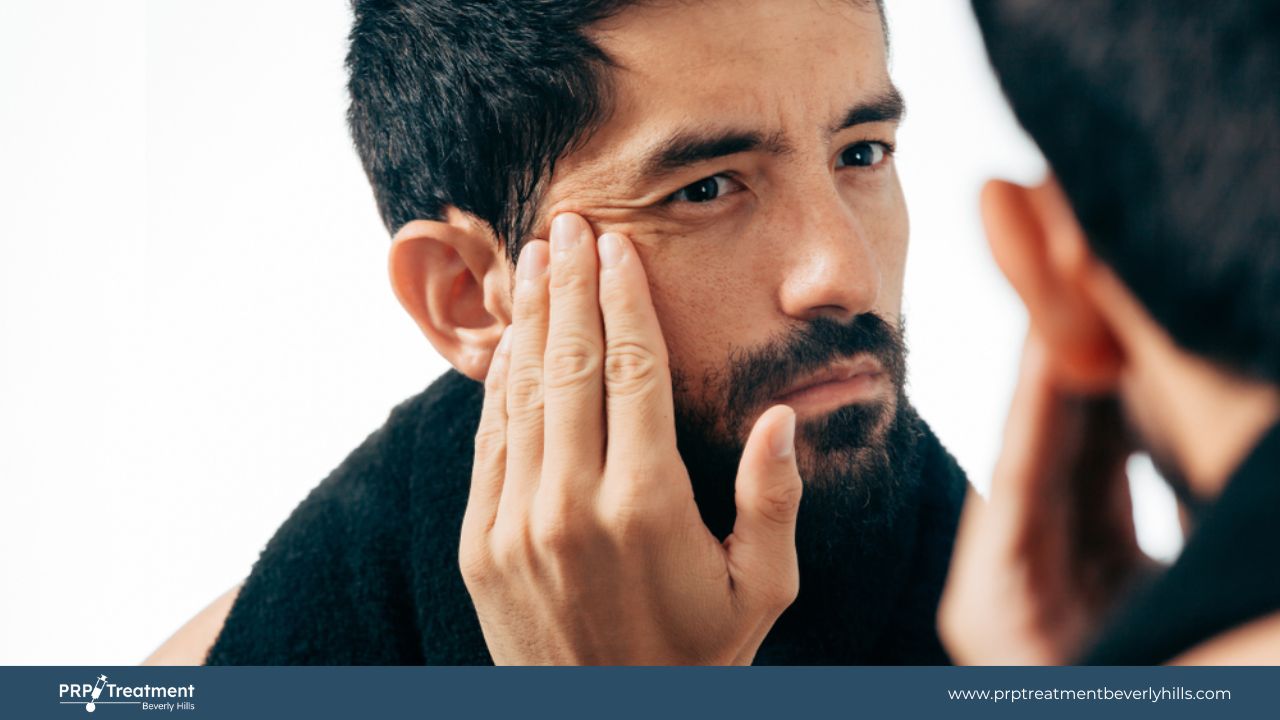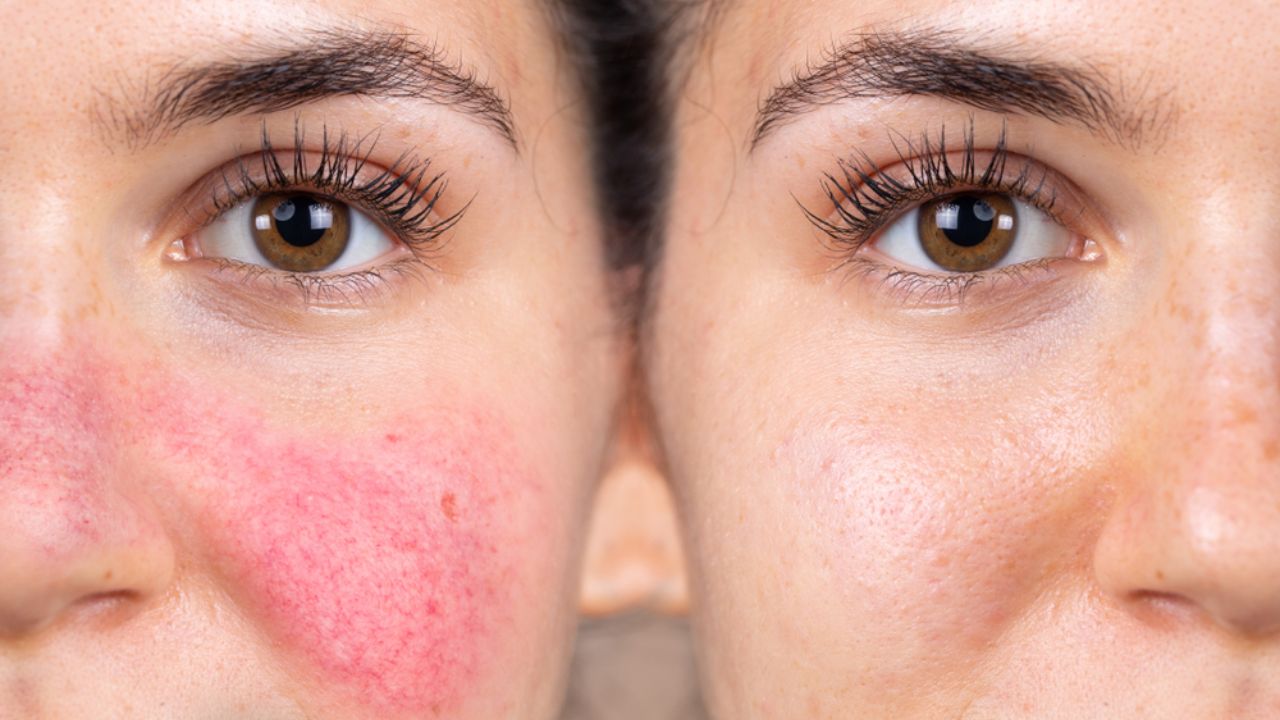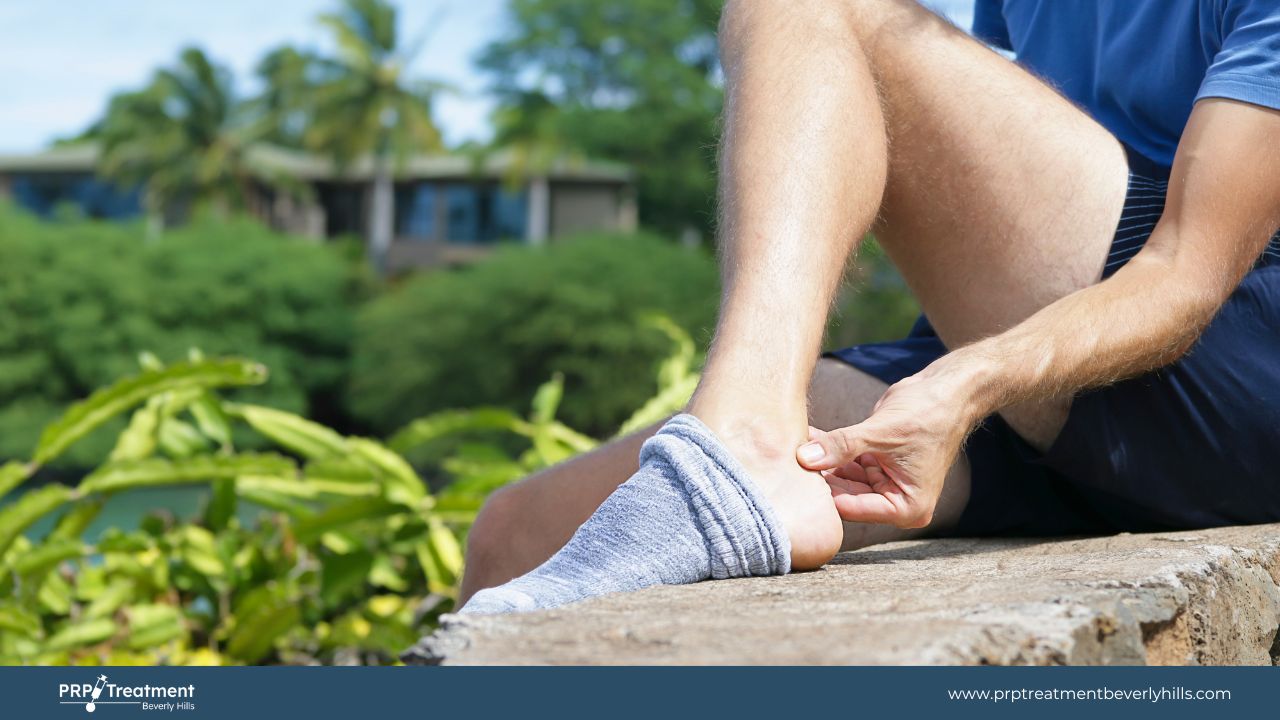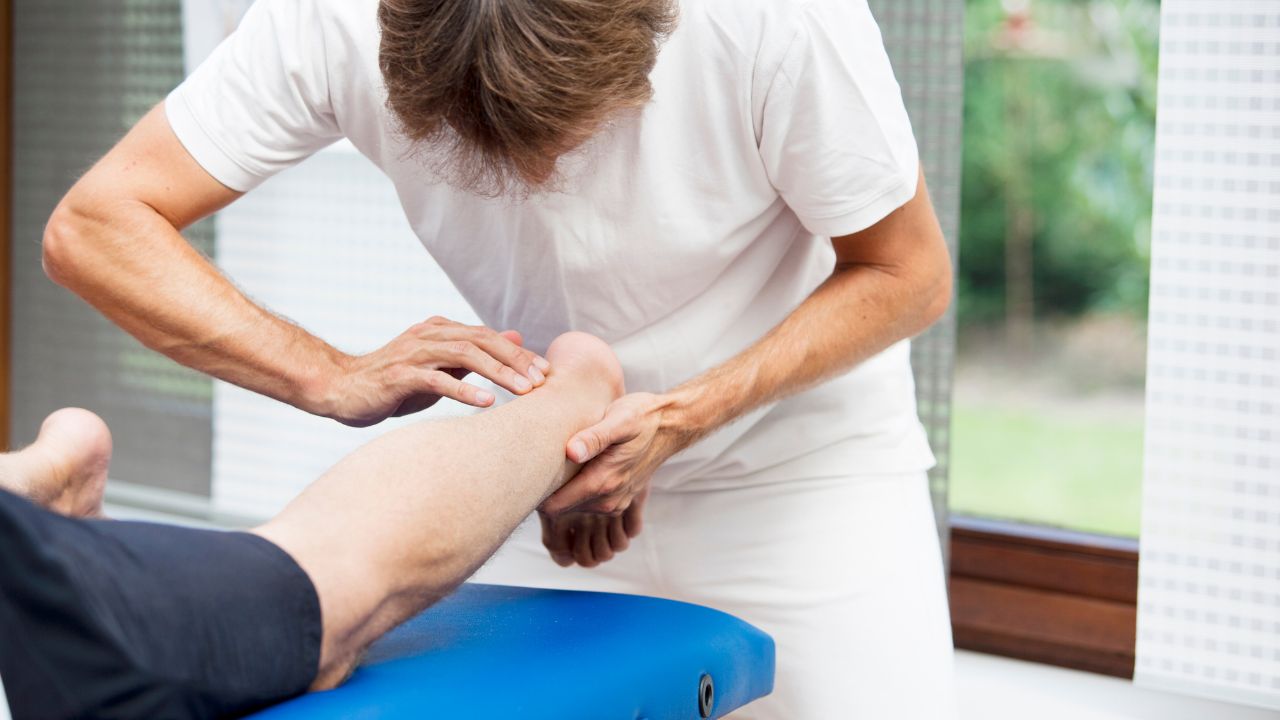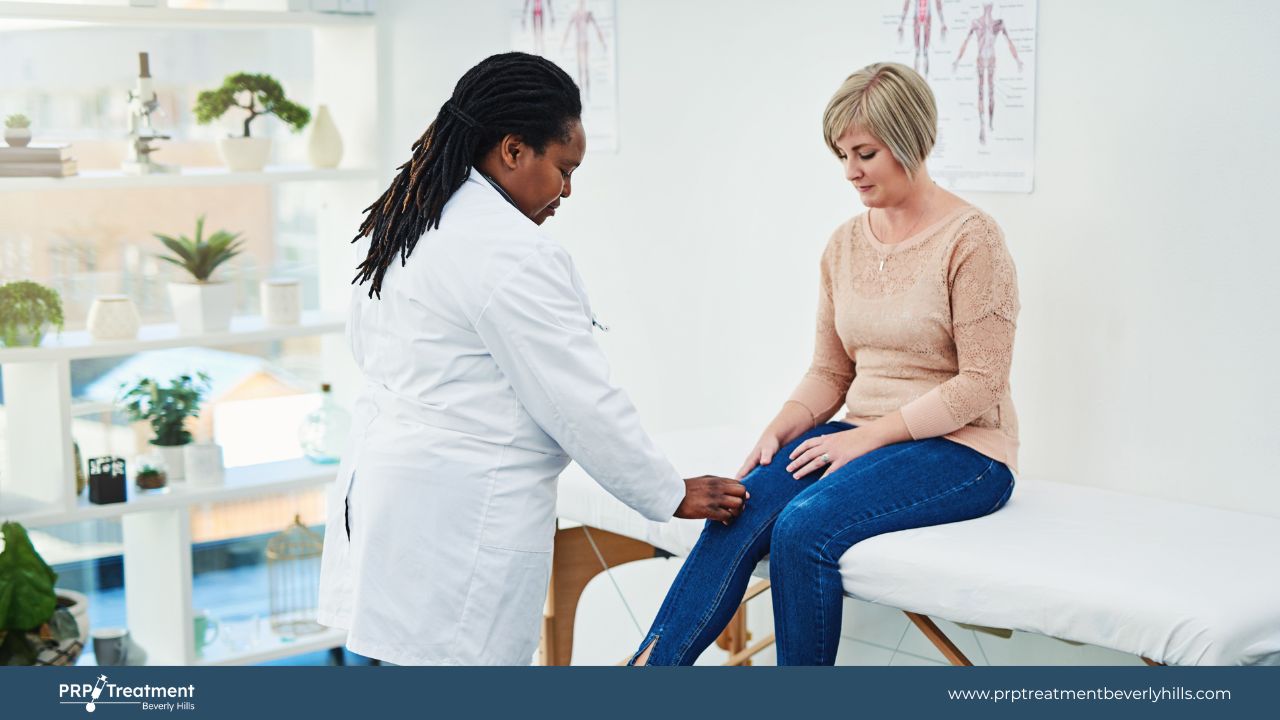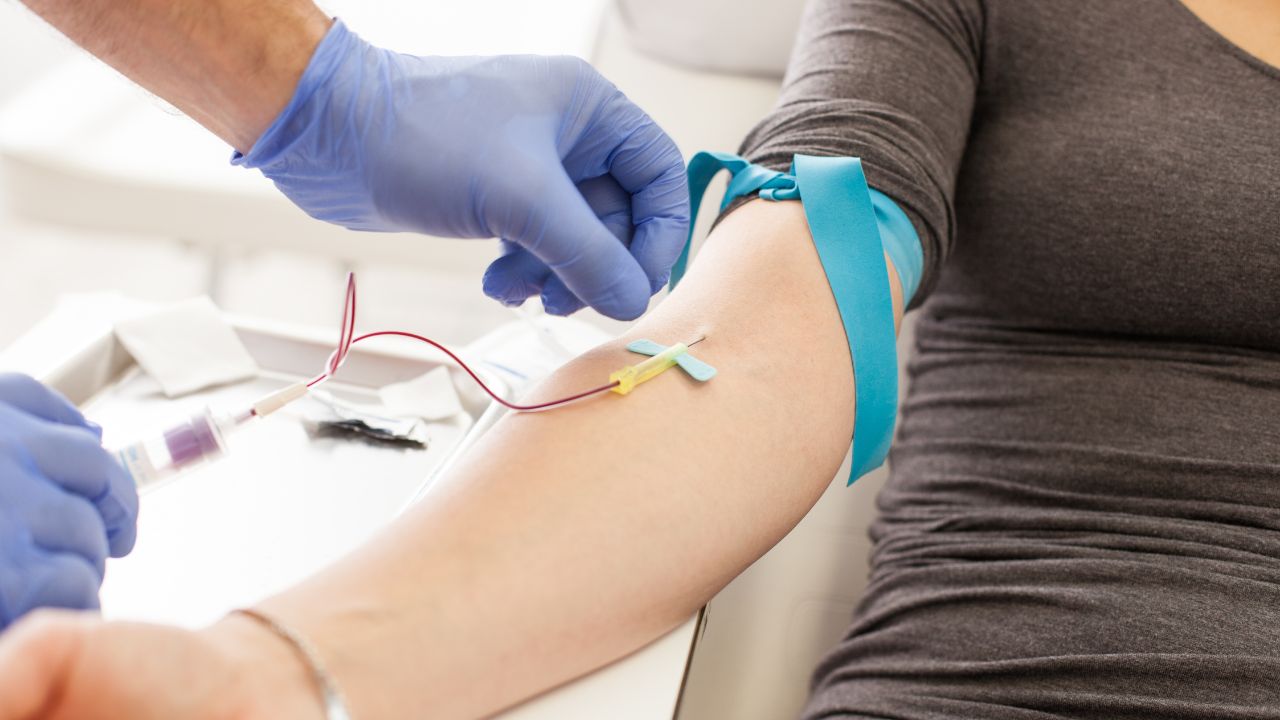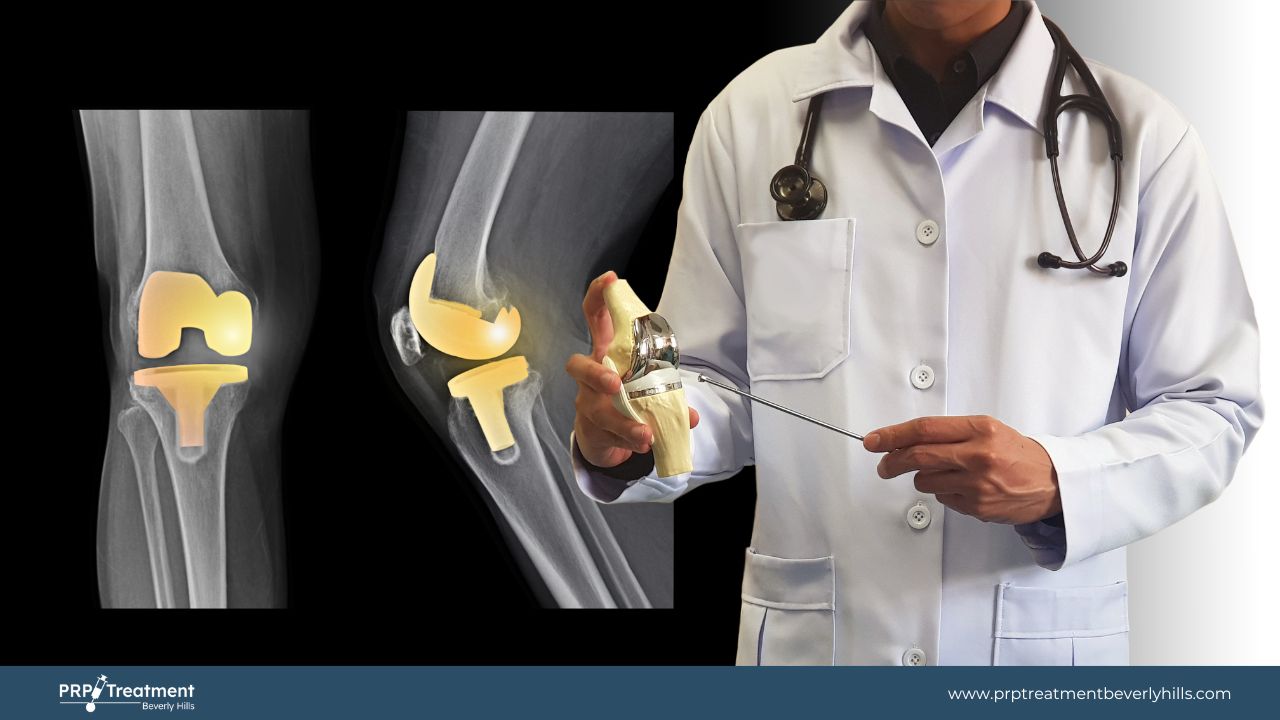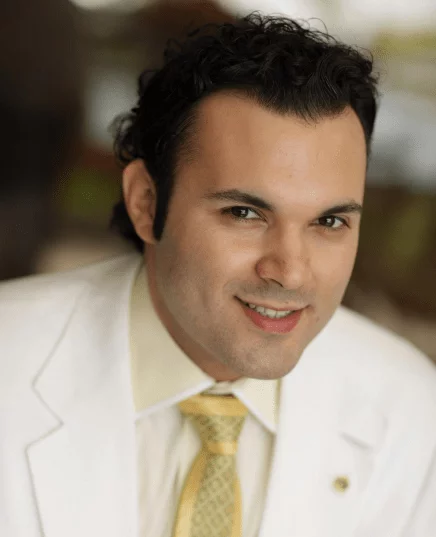Are you tired of uneven skin tone or hyperpigmentation? PRP treatment might be the answer if you’re seeking a natural and effective solution for skin whitening.
In this blog post, we’ll dive deep into the benefits of Platelet-Rich Plasma (PRP) treatment for skin whitening, exploring how this cutting-edge procedure can provide impressive results while minimizing risks and side effects.
Keep reading to discover if PRP treatment is the skin whitening solution you’ve been searching for!
Understanding PRP Treatment for Skin Whitening
Platelet-Rich Plasma (PRP) is a concentrated solution of platelets derived from your blood, containing numerous growth factors and cytokines that promote healing and rejuvenation.
PRP treatment for skin whitening involves injecting this plasma into your skin to stimulate natural regeneration, encouraging the production of collagen, elastin, and new skin cells. The result? A brighter, more even complexion with reduced hyperpigmentation.
Key Benefits of PRP Treatment for Skin Whitening
Natural and Holistic Approach to Skin Whitening
One of the main reasons people choose PRP treatment for skin whitening is its natural and holistic approach. Unlike chemical-based treatments, PRP uses your body’s platelet-rich plasma, eliminating the need for synthetic substances or potentially harmful chemicals.
This makes PRP treatment a safer, more organic alternative for those seeking a healthier way to achieve a brighter, more even complexion.
Minimal Side Effects and Low Risk of Complications
As PRP is derived from your blood, the risk of allergic reactions or other complications is significantly lower than other skin whitening treatments.
While minor side effects, like redness, swelling, or bruising, may occur after the procedure, these typically subside within a few days. This minimal risk profile makes PRP treatment an attractive option for those concerned about the potential downsides of other skin whitening methods.
Stimulates Collagen Production for Improved Skin Elasticity
The growth factors present in PRP contribute to skin whitening and stimulate collagen production. Collagen is a vital protein that helps maintain the skin’s structure and elasticity, giving it a firm, youthful appearance.
As we age, collagen production naturally decreases, leading to sagging and wrinkles. PRP treatment helps counteract this by promoting new collagen formation, resulting in firmer, smoother skin with a youthful glow.
Evens out Skin Tone and Reduces Hyperpigmentation
Hyperpigmentation, including age spots, sun damage, and melasma, can leave your skin uneven and dull. PRP treatment effectively targets these issues by encouraging the growth of new, healthy skin cells and promoting the shedding of damaged cells.
Over time, this leads to a more balanced, radiant complexion with reduced pigmentation and a more even skin tone.
Long-lasting and Effective Results
While individual results may vary, many patients report visible skin tone and texture improvements after one PRP treatment. Optimal results are typically achieved after a series of sessions, with effects lasting several months or even years, depending on factors such as lifestyle and skincare habits.
The longevity of PRP treatment outcomes makes it a worthwhile investment for those seeking a long-term solution to skin whitening.
Suitable for All Skin Types
PRP treatment’s compatibility with various skin types and ethnicities makes it a versatile option for diverse individuals.
While some skin whitening treatments may be too harsh or ineffective for specific skin types, PRP offers a more universally effective solution, ensuring everyone can enjoy the benefits of a brighter, more even complexion.
Minimal Downtime and Recovery
One of the most appealing aspects of PRP treatment for skin whitening is the minimal downtime involved. Most patients can resume their normal activities immediately following the procedure, with only mild redness or swelling as temporary side effects.
This quick recovery period means you can return to your daily life without significant interruption, making PRP treatment a convenient choice for those with busy schedules or who simply don’t want to deal with lengthy recovery times.
What is the Cost of PRP Treatment for Skin Whitening?
On average, a single PRP treatment session can cost anywhere from $500 to $2,000 or more in the United States. The cost of PRP treatment for skin whitening can vary depending on several factors, such as the provider’s experience, geographical location, and the number of sessions required.
Remember that most patients require multiple sessions to achieve optimal results, which can increase the overall cost. During your consultation, your chosen provider should give you a clear estimate of the total cost based on your specific treatment plan and the number of sessions needed to reach your desired outcome.
PRP treatment for skin whitening is generally considered a cosmetic procedure and is not typically covered by insurance. Discuss financing options or payment plans with your provider if cost is a concern.
PRP Treatment vs. Traditional Skin Whitening Methods
Let’s compare PRP treatment to traditional skin whitening methods, highlighting the pros and cons of each and demonstrating why PRP stands out as a superior option for many individuals.
Chemical Peels
Chemical peels involve the application of a chemical solution to the skin, which causes the outer layers to exfoliate and eventually peel off. This reveals a new layer of skin that is typically smoother and brighter.
While chemical peels can effectively reduce hyperpigmentation and improve skin texture, they also have several drawbacks. These include potential irritation, redness, and peeling, which can be uncomfortable and require a significant recovery.
Additionally, some skin types may not respond well to chemical peels, leading to adverse reactions or less-than-optimal results.
Microdermabrasion
Microdermabrasion is a non-invasive procedure that uses a mechanical device to exfoliate the skin, removing dead skin cells and revealing a brighter, more even complexion.
Although microdermabrasion can be effective for some individuals, it may not suit those with sensitive skin, as the procedure can cause redness and irritation.
Additionally, multiple sessions are often needed to achieve the desired results, which can be time-consuming and costly.
Laser Treatments
Laser skin whitening treatments use focused light energy to target and break down melanin, the pigment responsible for skin color. These treatments can reduce hyperpigmentation and improve skin tone by destroying melanin deposits.
However, laser treatments have risks and potential side effects, such as burns, scarring, or uneven pigmentation. They also typically require multiple sessions and may not be suitable for all skin types or colors.
What about PRP for Skin Whitening?
In contrast, PRP treatment offers a gentler, more natural alternative for skin whitening with fewer side effects and minimal downtime. By harnessing the power of your body’s platelet-rich plasma, PRP treatment stimulates the natural regeneration process, promoting collagen production and the growth of new skin cells.
This results in a brighter, more even complexion without the risks associated with harsh chemicals or invasive procedures.
While results from PRP treatment may take longer to become visible compared to some traditional methods, they tend to be longer-lasting and more sustainable. Moreover, PRP treatment is suitable for a wider range of individuals, making it a more inclusive and versatile option for those seeking skin whitening solutions.
Finding a Qualified PRP Treatment Provider

When considering PRP treatment for skin whitening, finding a qualified dermatologist or clinic with experience in this procedure is crucial. A skilled provider can help you achieve the best possible results while minimizing risks or complications. Here are some tips to help you find the right professional for your needs:
Research and Referrals
Start by asking friends or family members for recommendations, or search online for reputable dermatologists and clinics in your area. Look for providers with positive reviews and a strong online presence showcasing their expertise in PRP treatment for skin whitening.
Check Qualifications and Certifications
Choosing a provider with the appropriate training and certifications in PRP treatment is essential. Look for a board-certified dermatologist or healthcare professional with specialized aesthetics and PRP procedures training. Don’t hesitate to ask about their qualifications during your consultation.
Experience and Expertise
Ask potential providers about their experience with PRP treatment for skin whitening, including the number of procedures they’ve performed and their success rate. A provider with a solid track record and extensive experience in PRP treatment will be more likely to deliver optimal results.
Before-and-after Photos
Request to see before-and-after photos of previous patients undergoing PRP skin whitening treatment. This will give you a better idea of the provider’s capabilities and the kind of results you can expect.
Consultation
Schedule a consultation with your chosen provider to discuss your goals, concerns, and expectations. This is an excellent opportunity to ask any questions and determine if PRP treatment is the right option for you. A good provider will listen to your concerns, provide honest feedback, and develop a personalized treatment plan based on your unique needs.
Comfort and Trust
Feeling comfortable with your chosen provider is essential, as trust is crucial when undergoing any medical procedure. If you don’t feel at ease with a particular provider or if something seems off, continue your search until you find someone who meets your needs and makes you feel confident in their abilities.
Conclusion
PRP treatment offers a promising, natural, and effective solution for skin whitening and a more even complexion. With numerous benefits, such as minimal side effects and suitability for all skin types, it’s an attractive alternative to traditional skin whitening methods.
As you explore your options, consult a qualified provider and weigh the advantages and drawbacks of each treatment.
With the right approach and a skilled professional, you can achieve the radiant, even skin tone you’ve always desired, boosting your confidence and enhancing your overall appearance.

